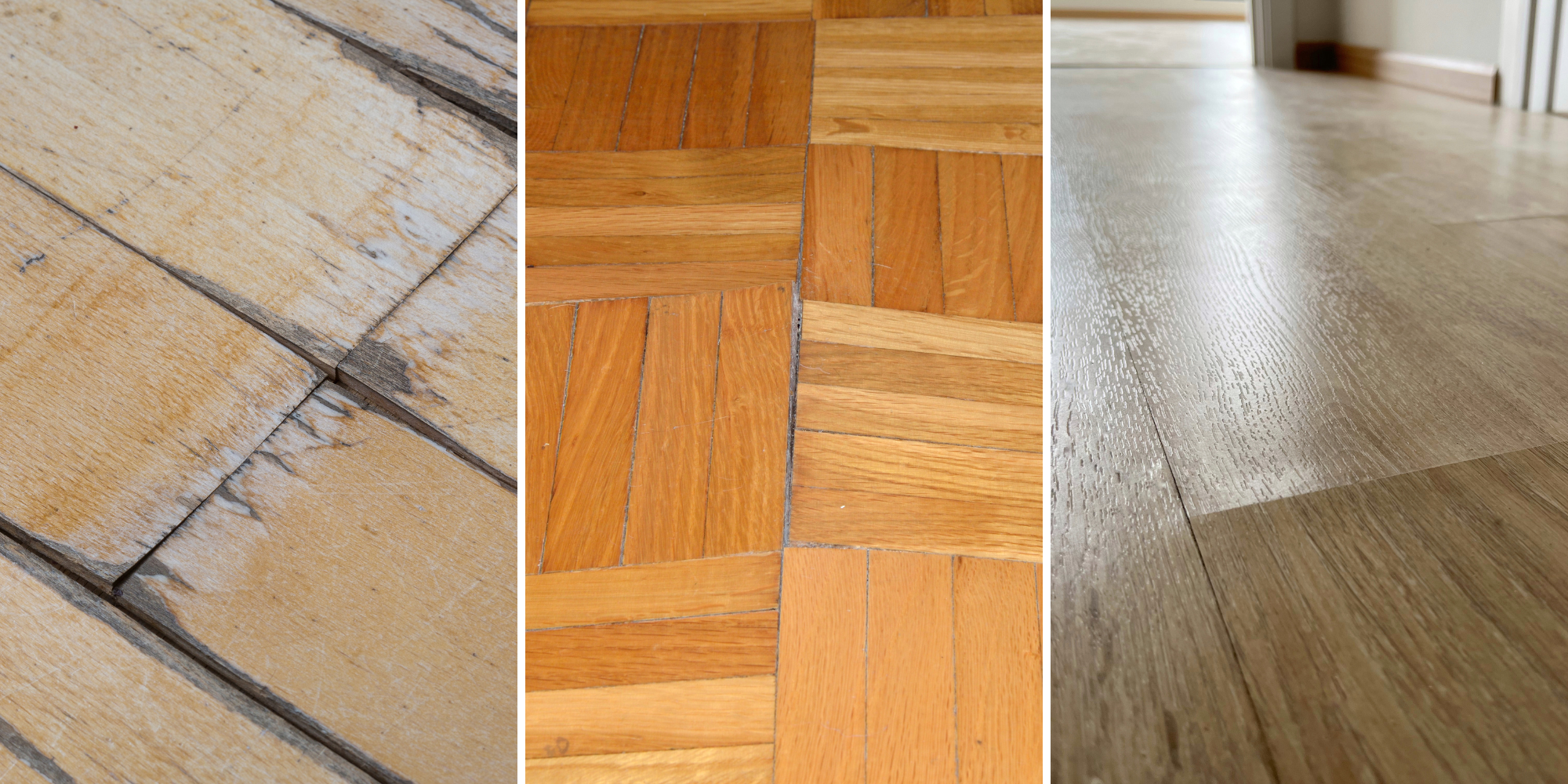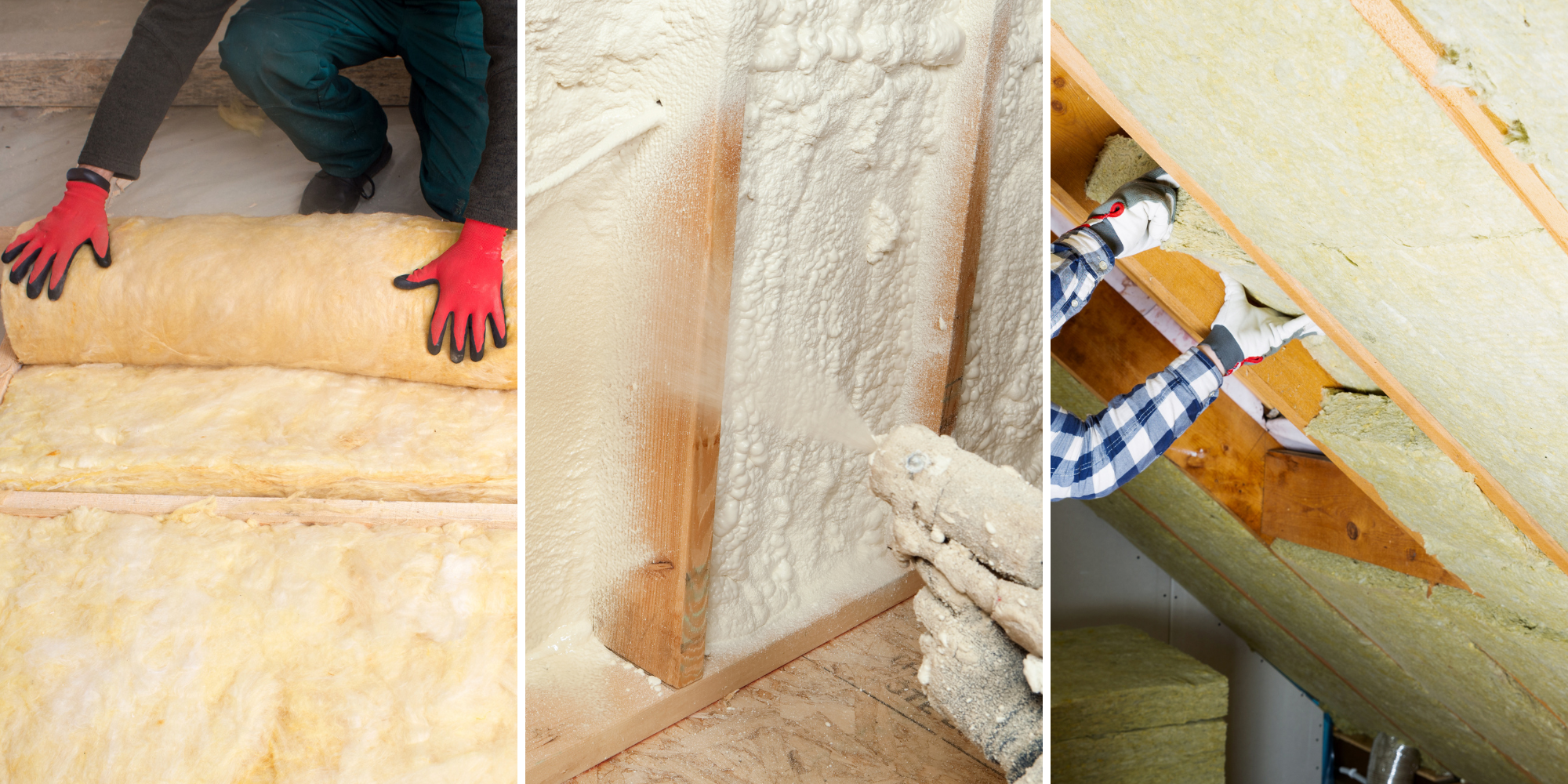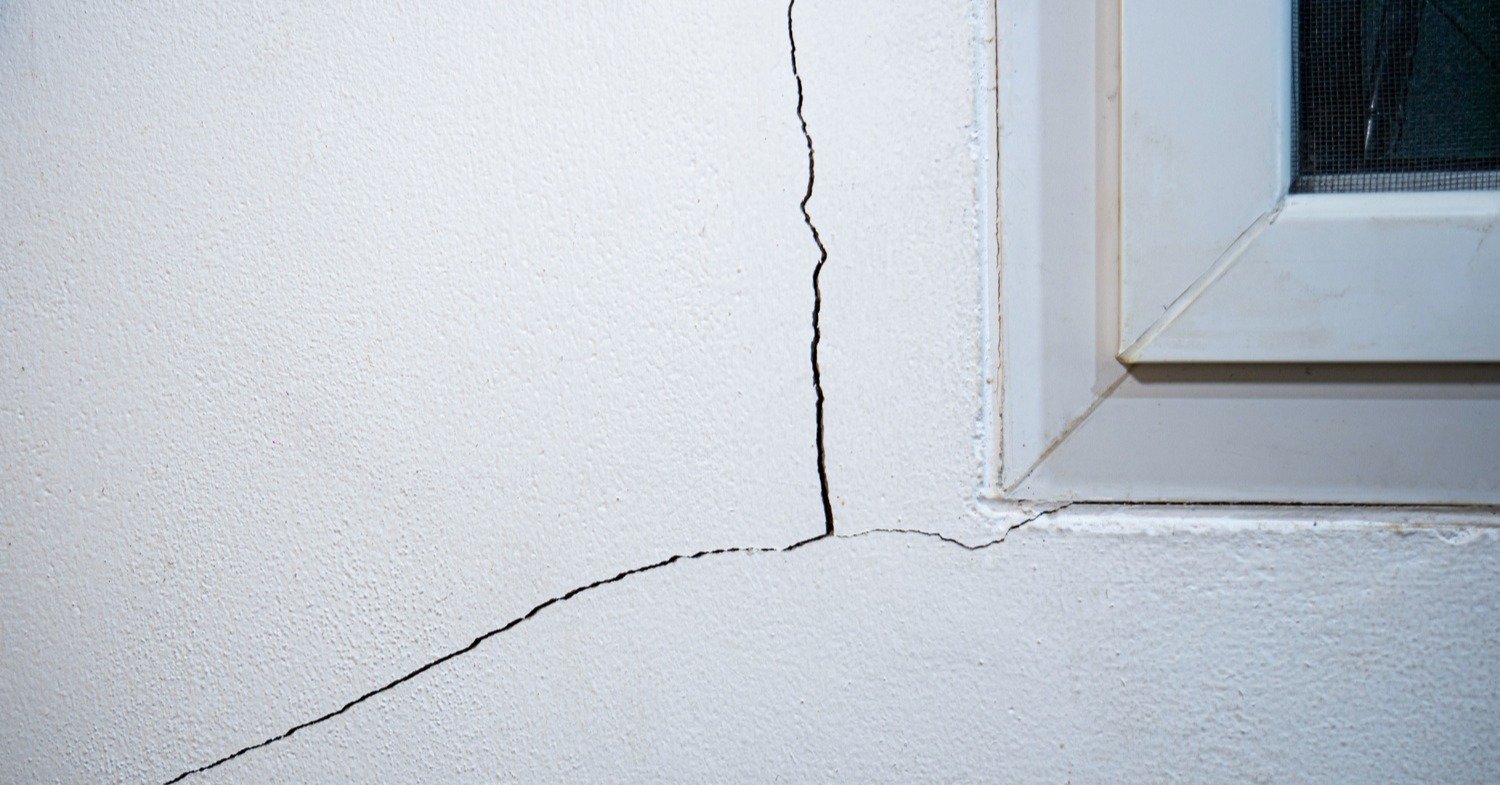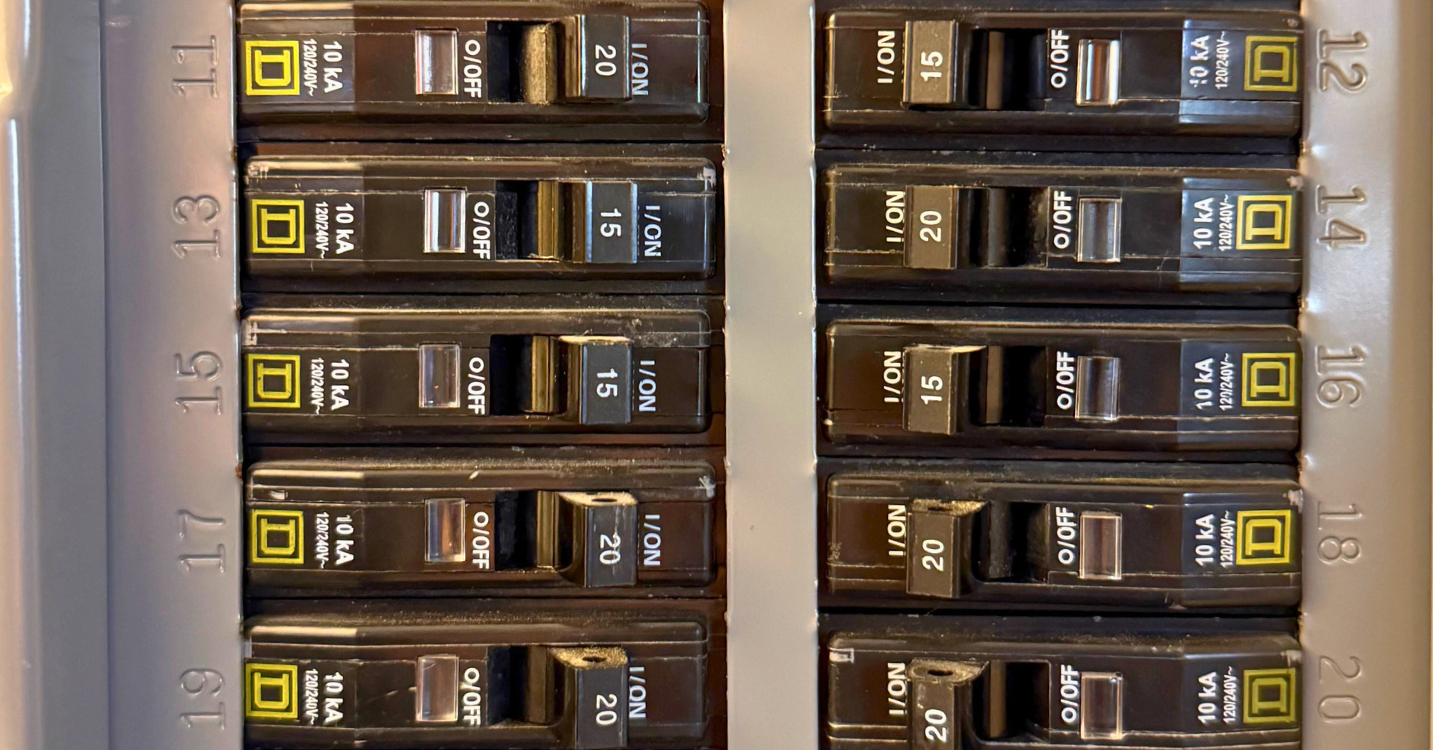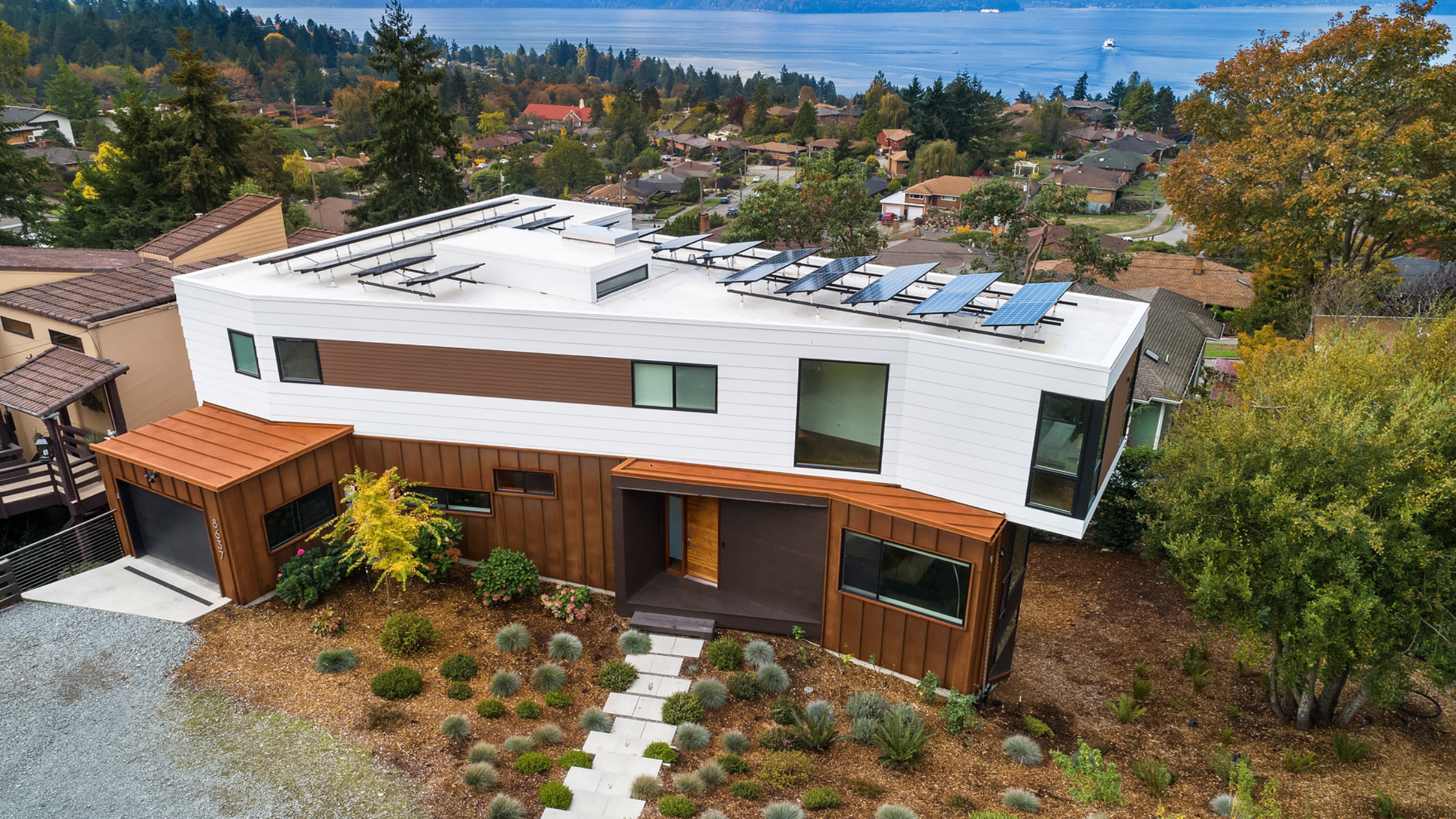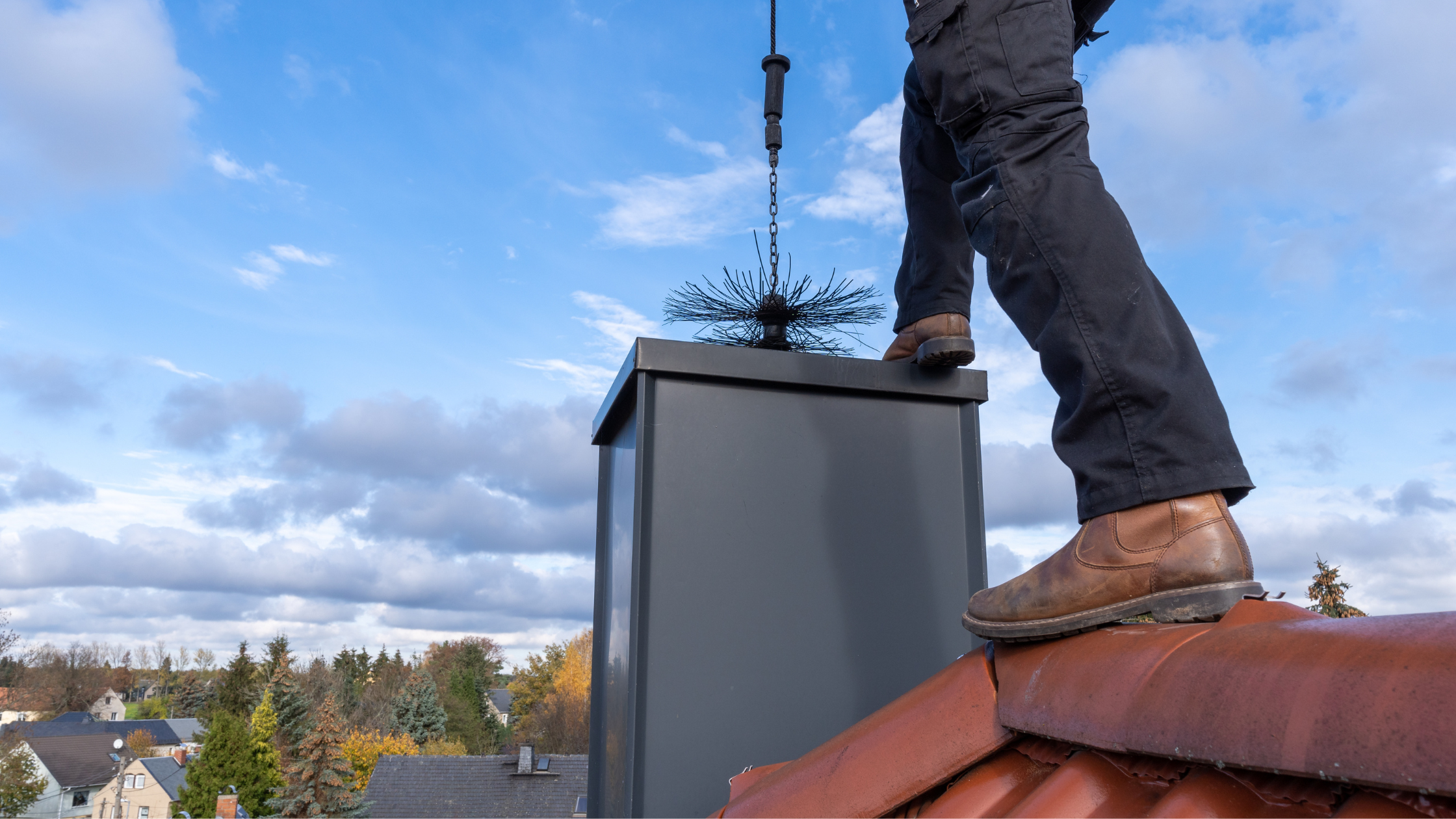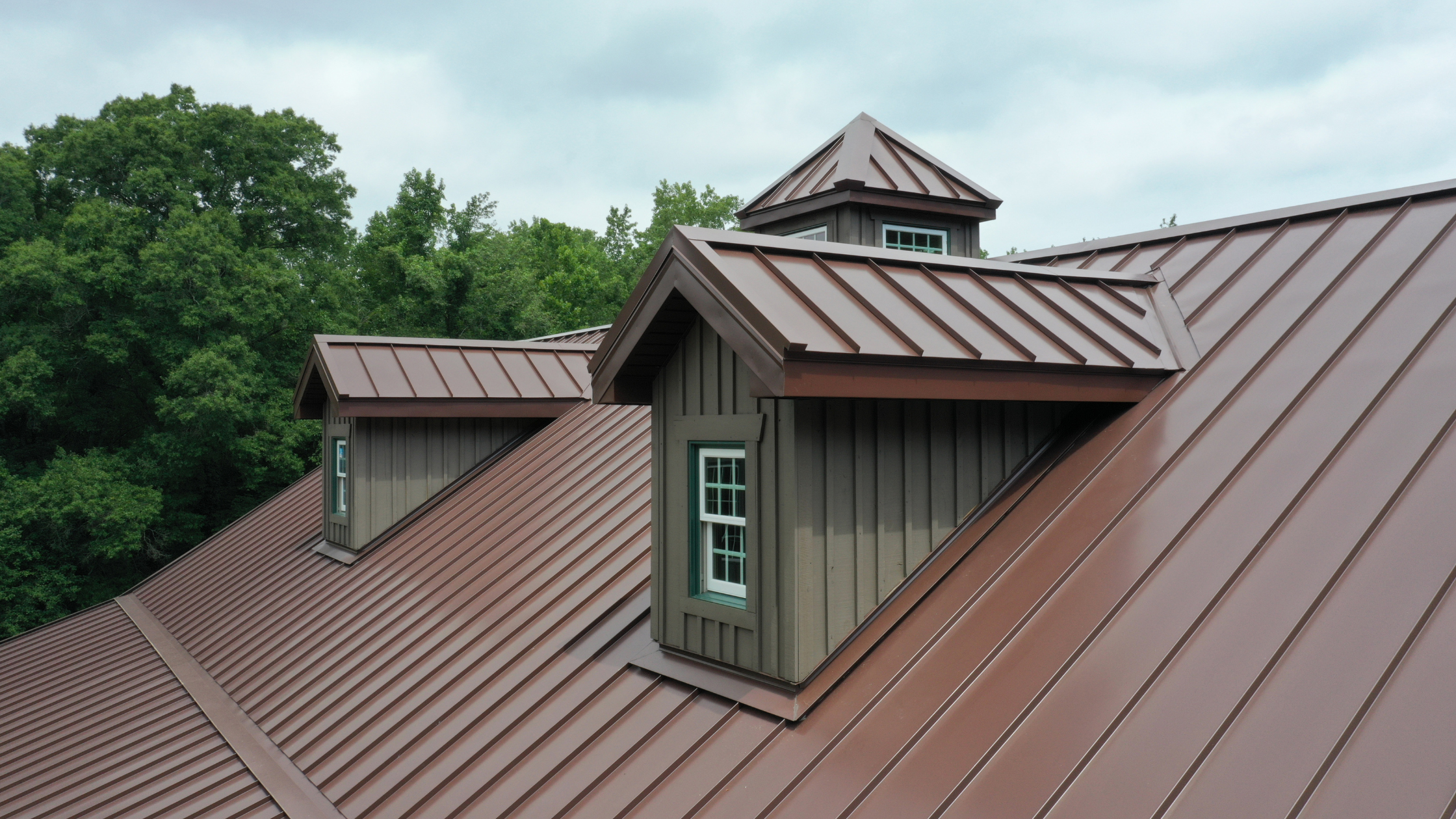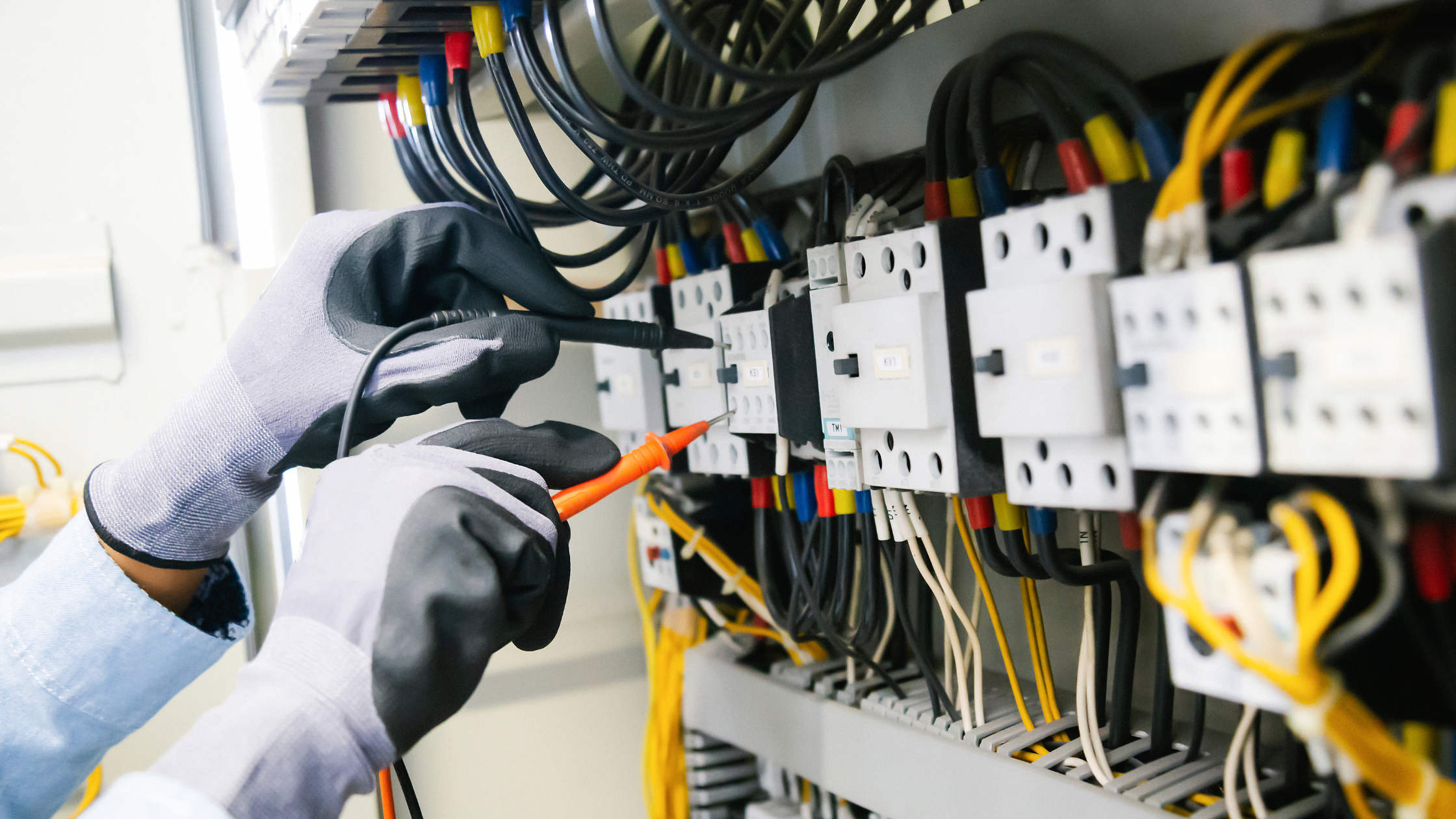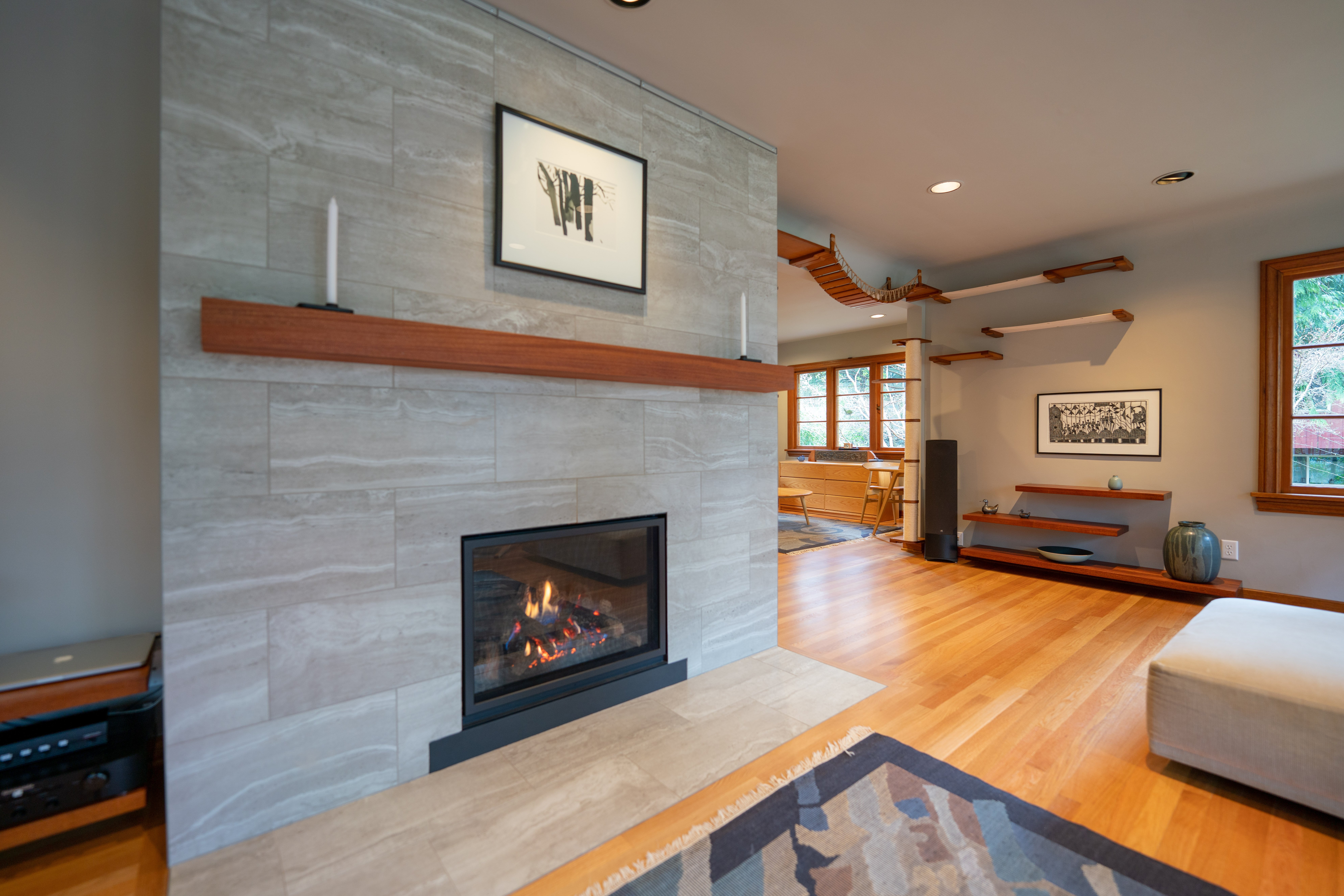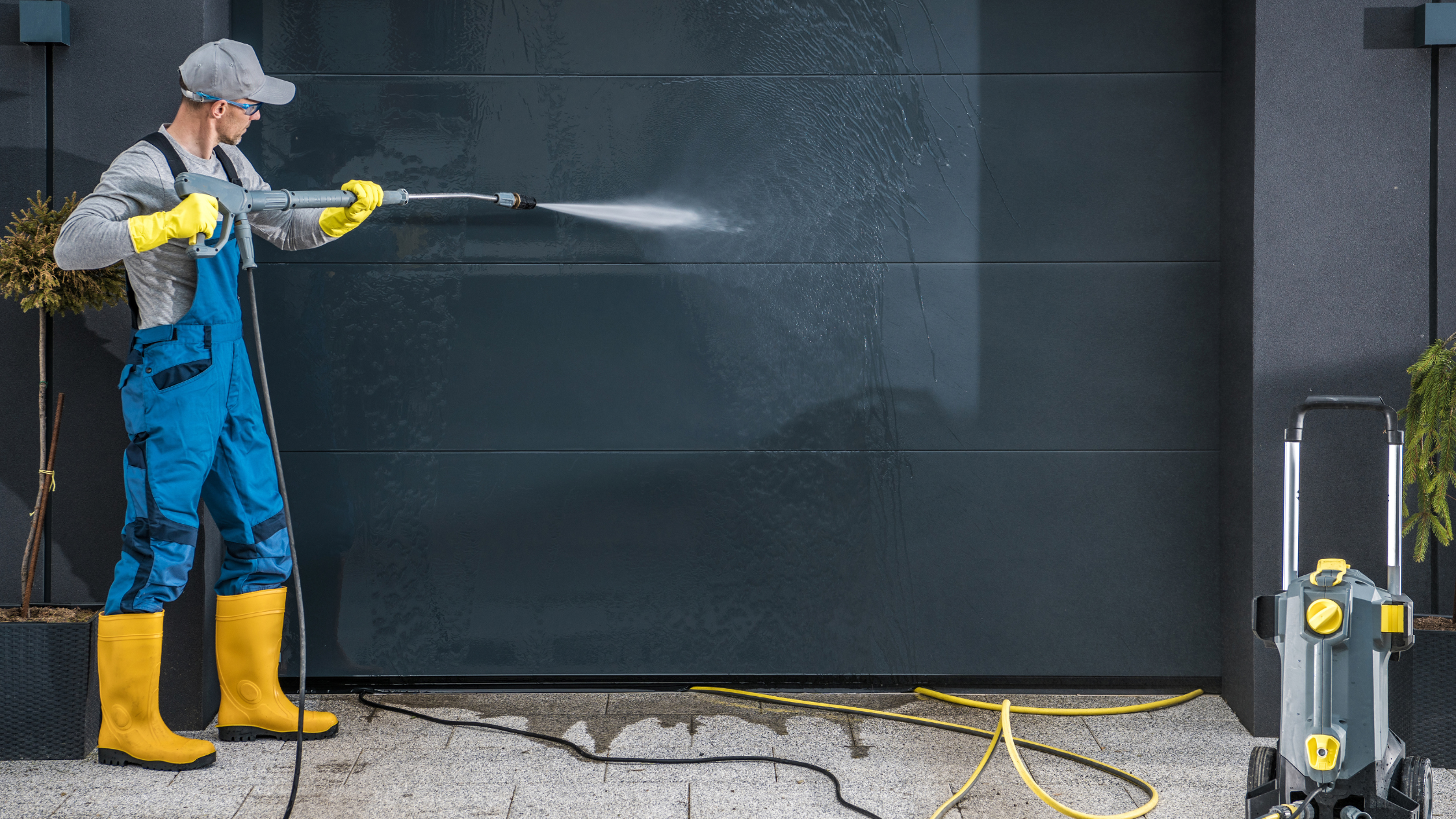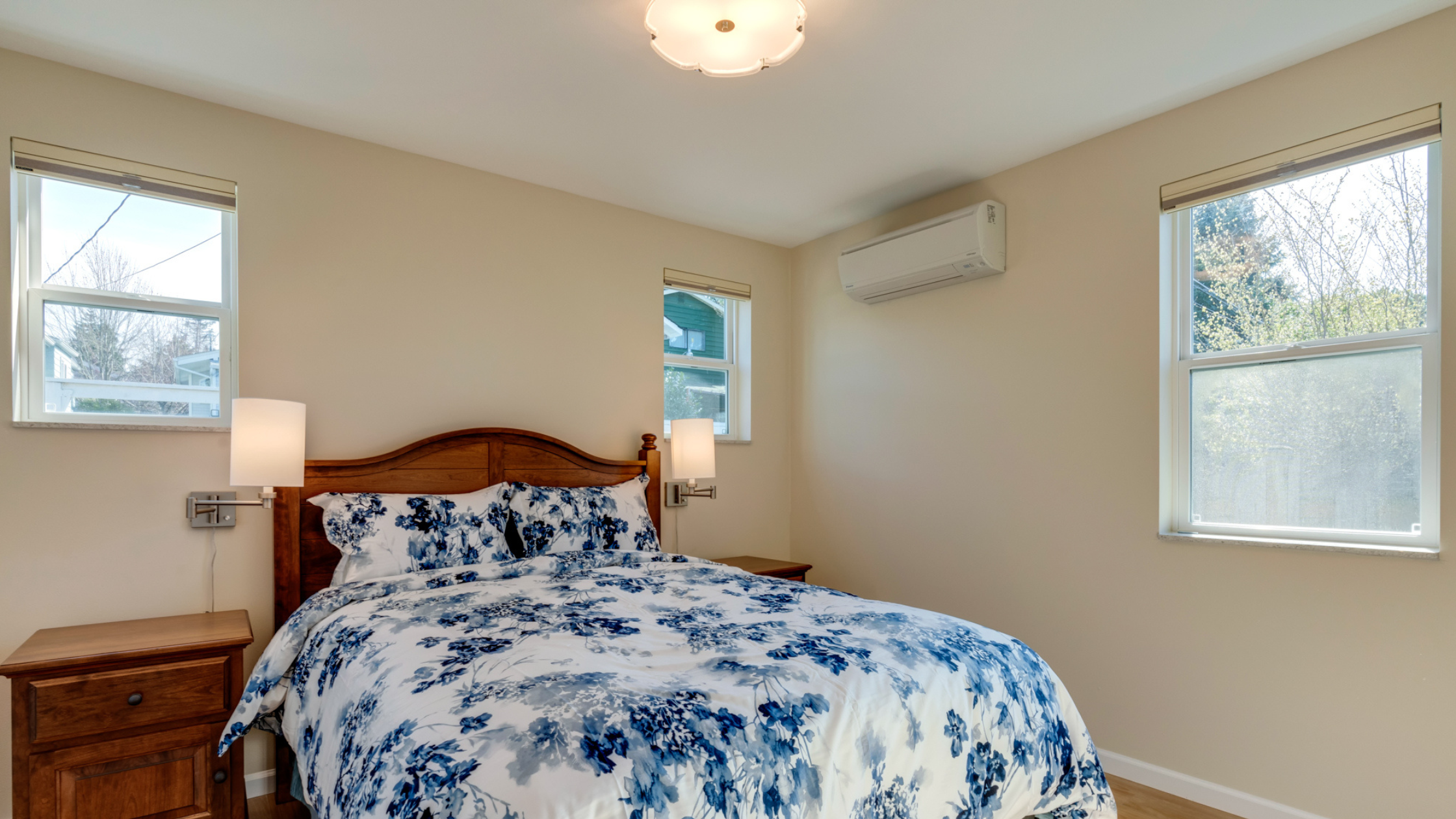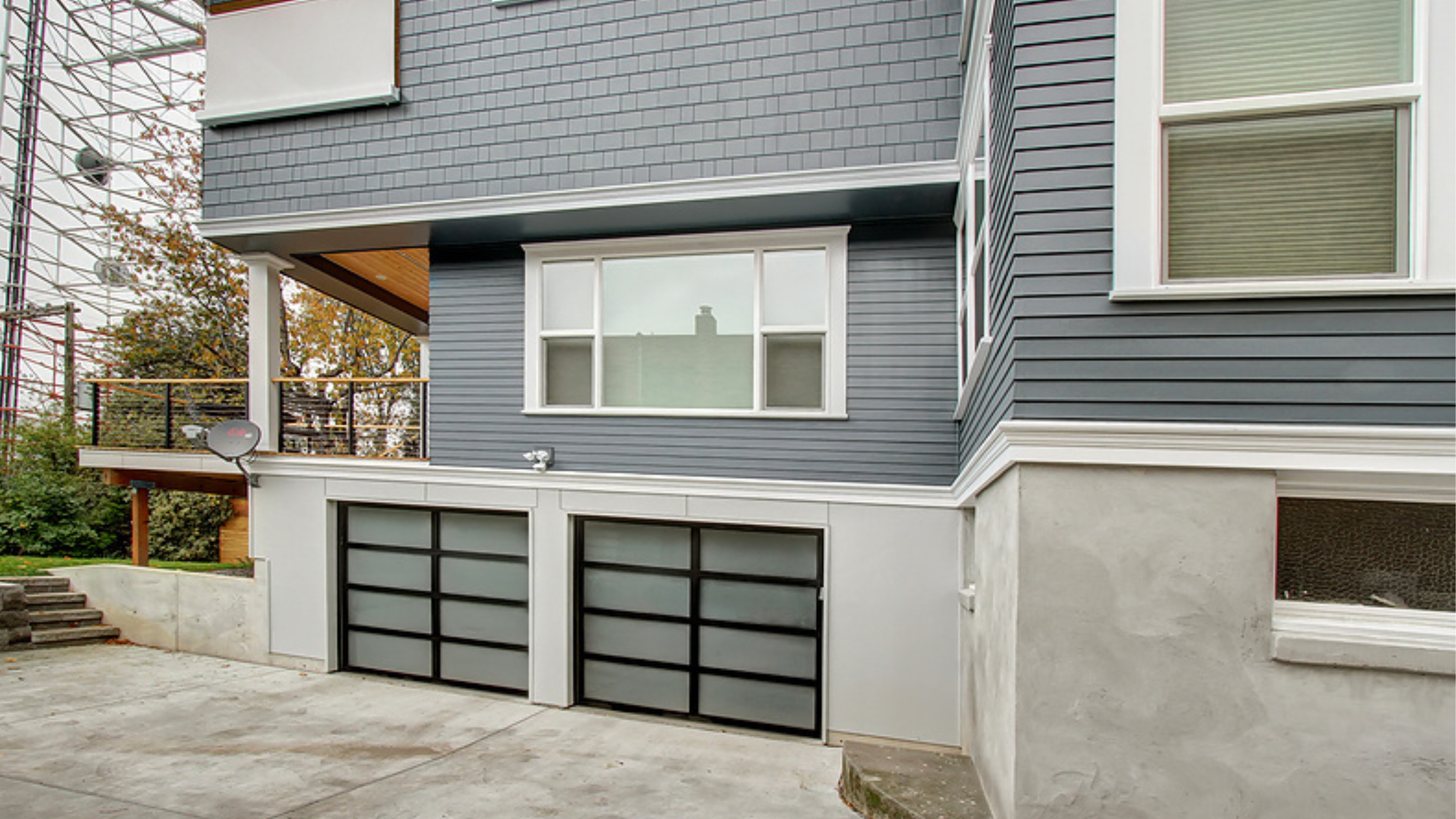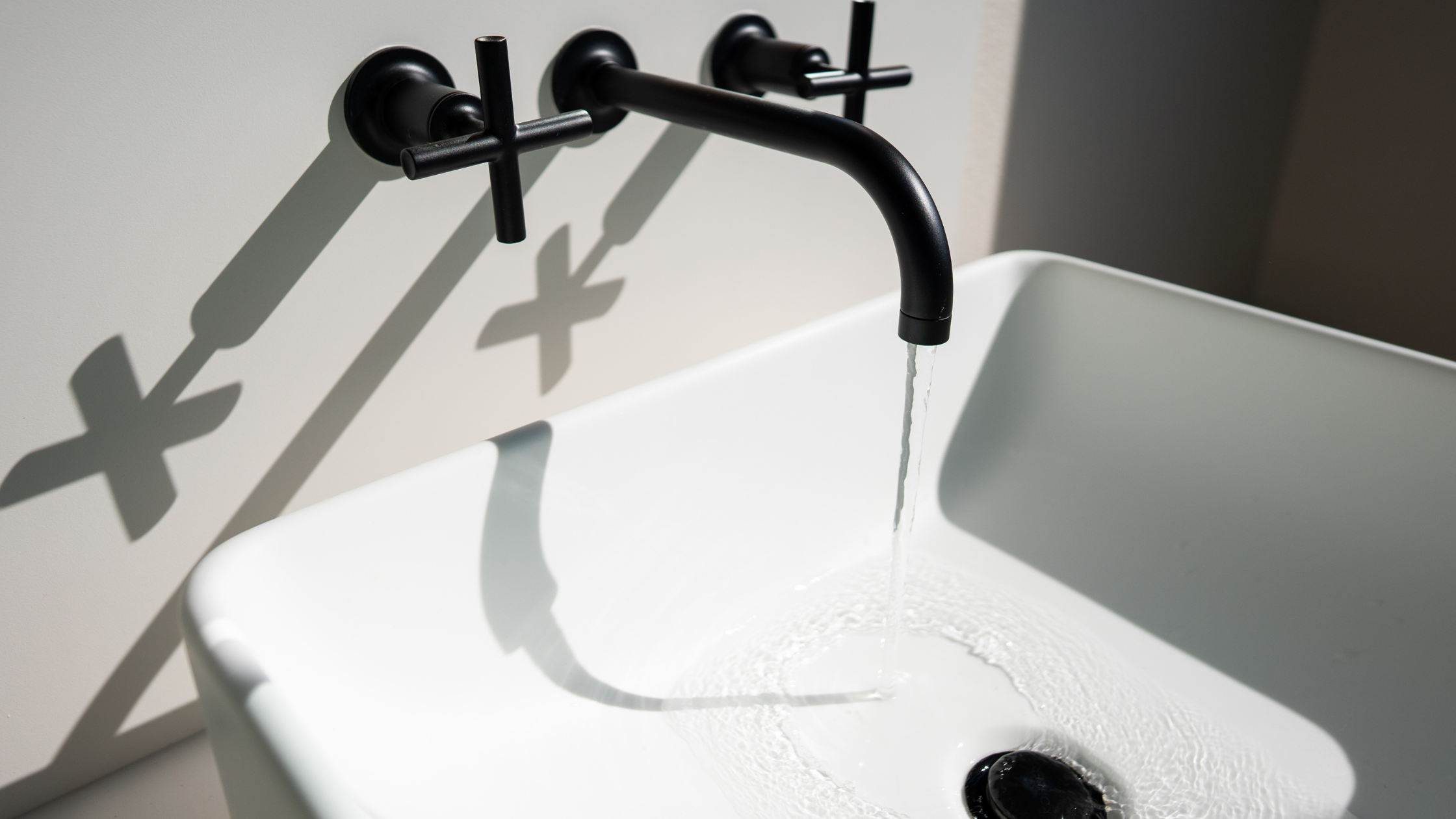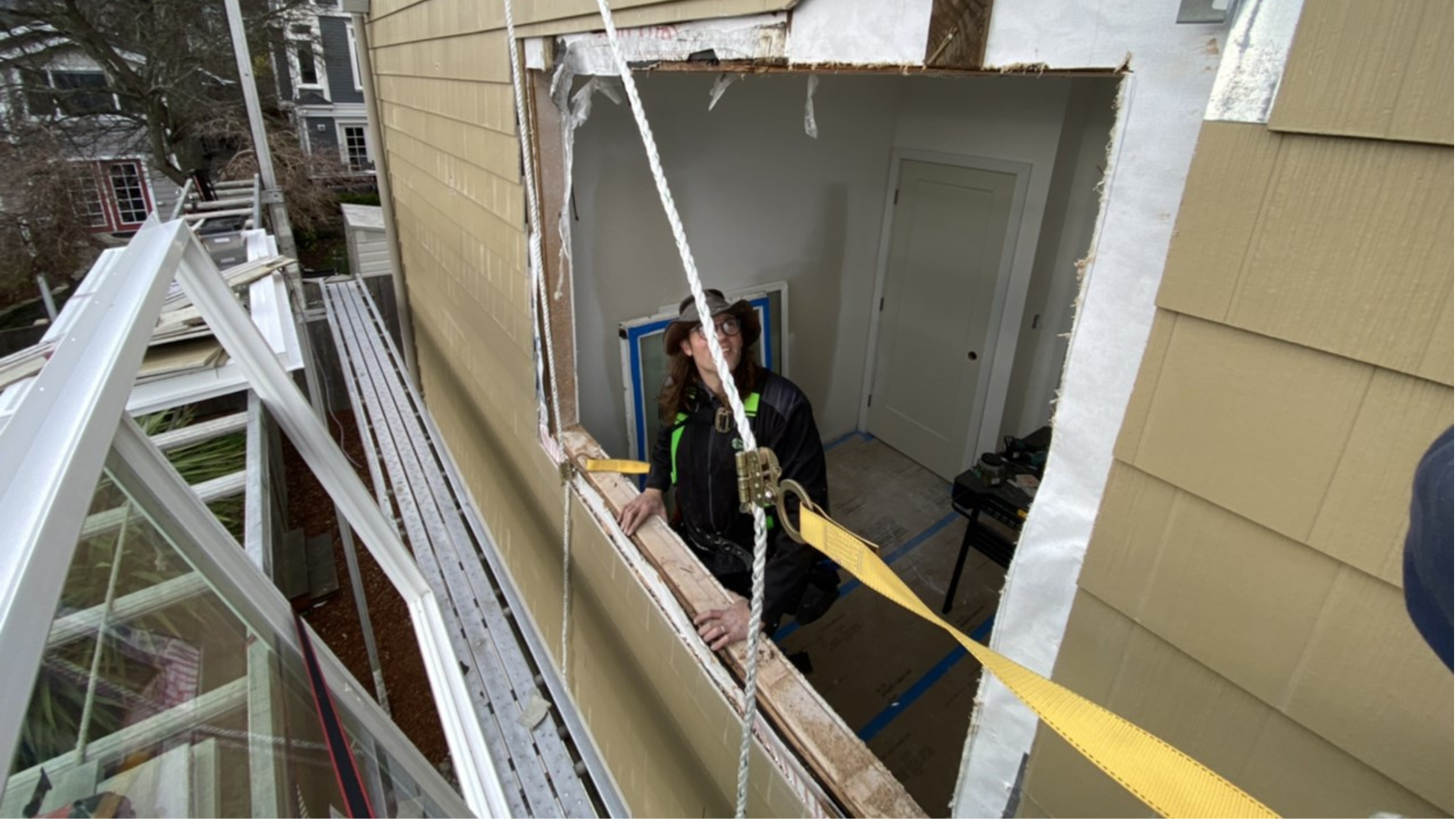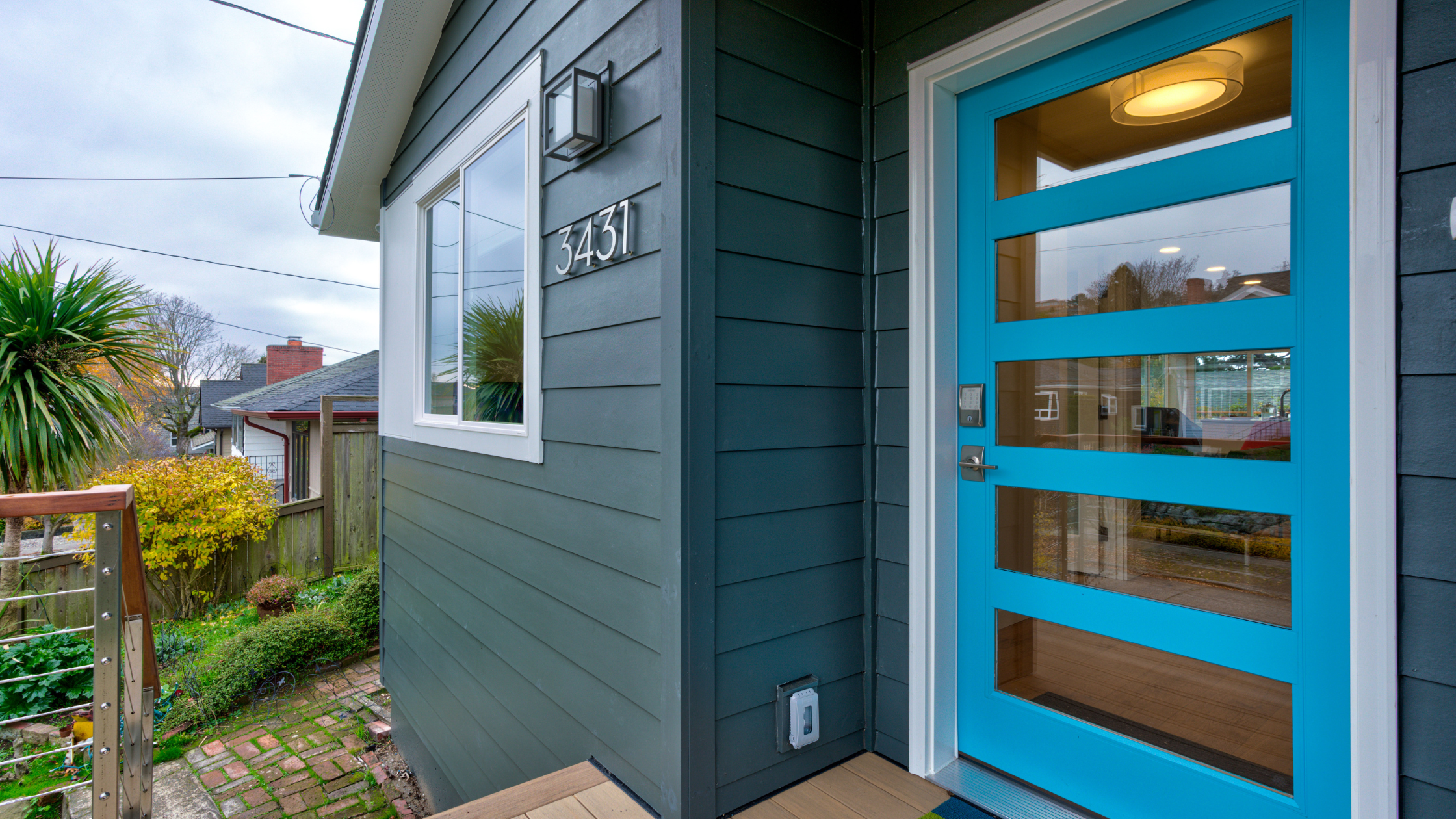Most people don’t recognize the signs of water intrusion in the basement until they can see or smell it. Discovering water intrusion in your basement is a cause for concern as it can lead to various issues, such as mold growth, mildew, and structural damage. Whether you have a finished or unfinished basement, it's crucial to identify the source of the water intrusion and take appropriate measures to rectify the problem.
In this article, we will explore common causes of wet basements, how to identify the source of water intrusion, and effective waterproofing solutions to address basement water problems.
Image from Gutter Helmet
Improperly Run Downspouts or Non-functioning Drain Lines
Improperly functioning downspouts and drain lines can contribute to a leaky basement. Here's what to look for and how to address the issue:
-
Signs to look for: If you notice water/moisture in the basement after heavy rain, it could be related to downspout runoff problems. Look for puddling around the perimeter of your house near the downspouts and signs of interior water damage around basement walls near the downspout location.
-
Inspect and maintain: Regularly inspect your gutters and downspouts to ensure they are clear of debris and properly installed. Clogged gutters can cause water overflow, leading to leakage along foundation walls. Ensure the gutter size matches the pitch of your roof to prevent overflowing water from directly hitting the foundation.
-
Redirecting water: Depending on the grading around your foundation, you may need to downspout extensions to direct water further away from the home. If your downspout connects to a drain system and you still experience foundation leakage, there might be a crack or clog in the drain. In such cases, consulting a plumber for inspection and potential repairs or replacement is recommended. Many homes in the city of Seattle have drainage systems that drop down into concrete pipes built in the 50s and 60s. Areas that have suffered earthquakes often have cracks in these pipes that have let dirt in, clogging the pipes. This results in water backing up and draining against the home’s foundation. Recent requirements in Seattle make homeowners redirect water from downspouts outside vs. inside the storm sewage system.
Image from HomeSight Inspections
Grading of Land around the Foundation
Proper grading of the land surrounding your foundation plays a significant role in preventing water intrusion. Consider the following:
Regrading Assessment
Ideally, the grade around the foundation should be higher than the average grade of the surrounding property, ensuring groundwater flows away from the home, not toward it. However, this can be challenging in urban areas where concrete driveways are often poured against foundations. Verify that your driveway has the correct slope to divert water away from the home and ensure proper sealing where the concrete meets the side of the house.
Image from Schneider Construction, Inc.
Curtain or French Drain Installation
In situations where the grade cannot slope away from the home, installing a curtain or French drain can help capture and redirect water to the sides of the house. These drains should be installed 4-10 feet outside the foundation, effectively channeling water away from the home. If your home was built in the last 30 years, it likely has basement waterproofing and footing drains around the perimeter to capture excess water. Still, if water seepage persists, the waterproofing system might require attention. You may also be able to install an interior drainage system with a new foundation drain inside the basement. This will either fill into a crock and be pumped out with a sump pump or connect directly to a storm sewer.
Image from Olshan Foundation Repair
Hydrostatic Pressure
Hydrostatic pressure refers to the water pressure in the soil surrounding your foundation. This pressure can force water through the porous concrete of your foundation, even worse with foundation cracks, leading to basement flooding. Here's what to know:
-
Identification: Hydrostatic pressure is typically identified when water seeps through the basement floor, usually due to a high water table or water being funneled against the foundation on a hillside. It’s worth knowing that sandy soils aid drainage, whereas clay soil will hold water against the foundation.
-
Solutions: Depending on the scenario, implementing a perimeter drain or an interior water drainage system, such as a sump pump, can help manage hydrostatic pressure effectively. Hydrostatic pressure can damage foundations by pushing foundation walls inward and further expanding small cracks and fissures. A professional assessment will determine the most suitable solution for your specific situation.
Sewage Backup
Sewage backup in the basement is a severe issue that requires immediate attention. Here's what to look for and how to address it:
-
Signs of sewage backup: If you notice foul odors or the presence of sewage in your basement, it indicates a sewage backup problem. If your home is on a septic system, more variables may be at play, and you need to consult a septic specialist.
-
Causes and remedies: Possible causes include a clogged main sewer line (the municipality's responsibility) or a crack/break in the sewer line connecting your home to the city sewer (the homeowner's responsibility). Older sewer lines didn’t have sealed connection joints allowing tree root infiltration. Modern-day pipes are glued and sealed together to prevent this. Earthquakes can also contribute to sewer line issues. A professional can re-line the pipe if the cracked pipes still line up. A felt or composite sleeve is saturated, typically with a polyester or vinyl ester resin. Workers thread the sleeve through an underground pipe and then inflate and heat it, often with steam or hot water. The sleeve hardens to form a continuous plastic liner along the old pipe’s inner walls.
You may also have a malfunctioning backflow valve. A properly functioning backflow valve allows water or sewage to run in only one direction - out. If the city sewer has a problem and backs up, it won’t allow the sewage to enter your property. When your backflow valve malfunctions, things may flow both ways. Professional assistance is crucial to resolve these problems, which may involve pipe relining or, in more severe cases, excavating and replacing damaged pipes.
A Dry Basement is a Happy Basement
Dealing with basement water intrusion requires prompt attention to prevent further damage and costly repairs. This is not the time to DIY the solution. If it doesn’t smell, it’s not necessarily urgent but don’t ignore it. This is often put off because these problems can be costly to repair, but the cost of procrastination is even higher.
Regular inspection and maintenance are essential for early detection and timely resolution of the issues. Remember, addressing these problems proactively is critical to avoiding potential catastrophic consequences. By understanding the common causes, identifying the source of the intrusion, and implementing appropriate solutions, you can ensure a dry and functional basement.
For more tips on keeping your home in top shape and preventing emergency repairs, download our eBook, “Redefining Home Maintenance: The Proactive & Essential Guide for Homeowners.”

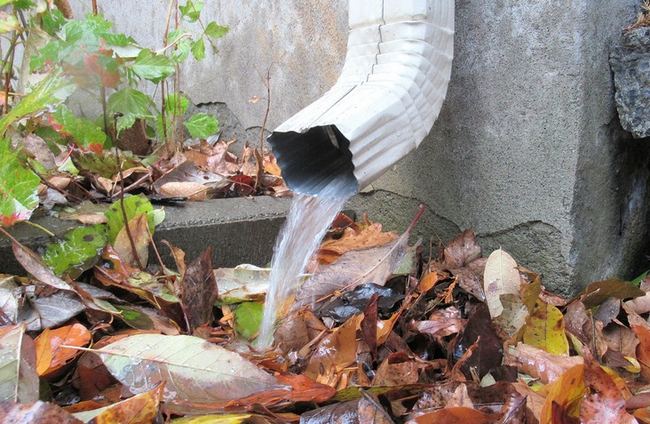


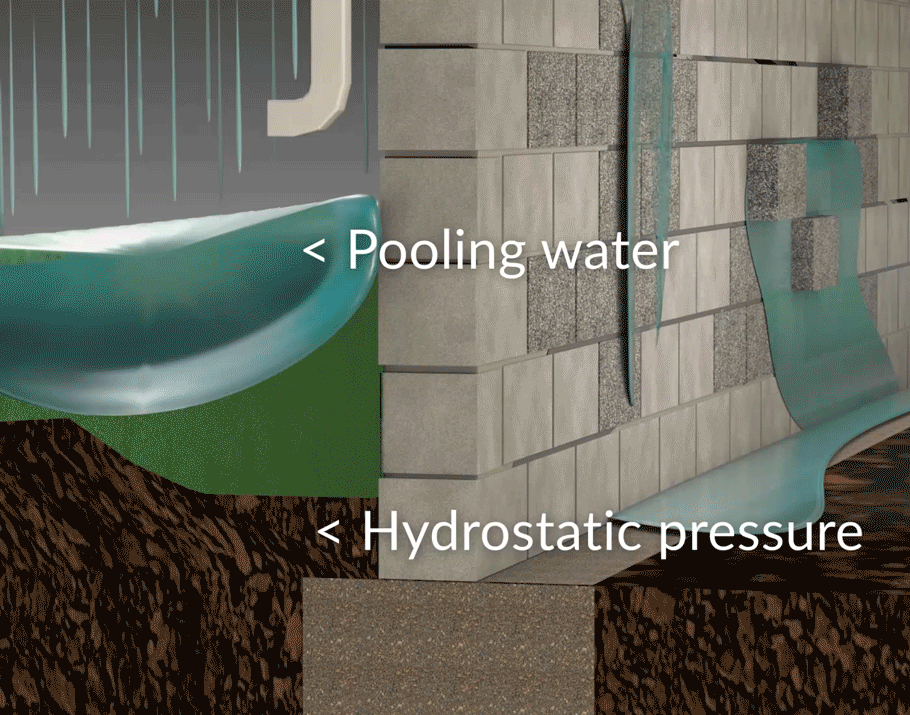
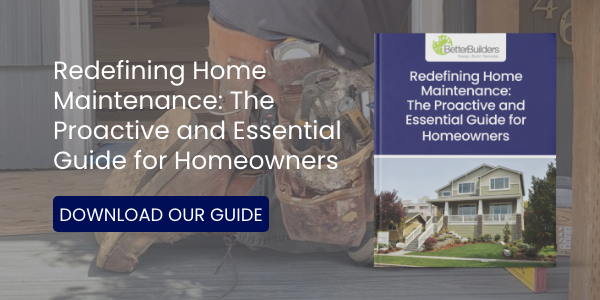
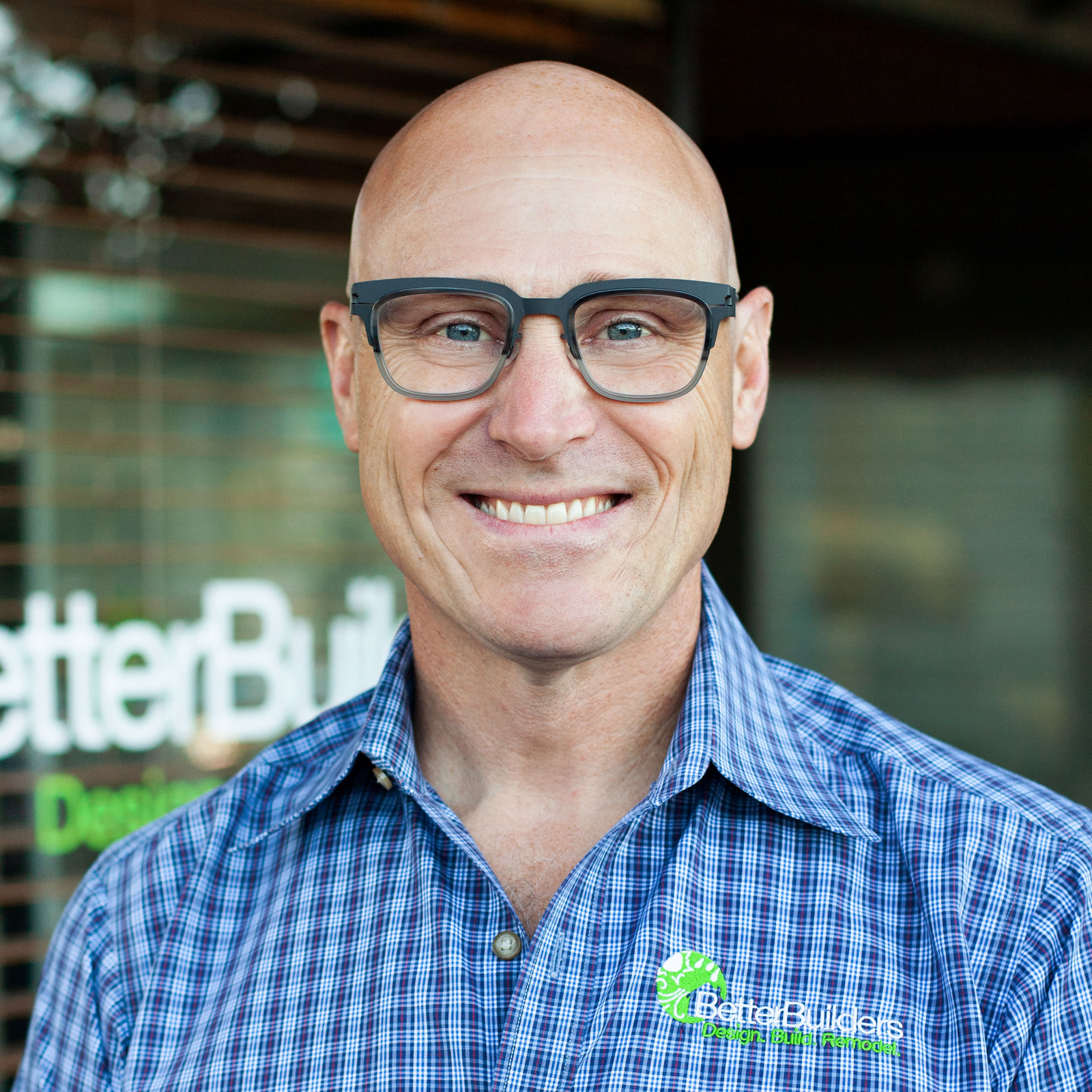

.png)
.jpg)
